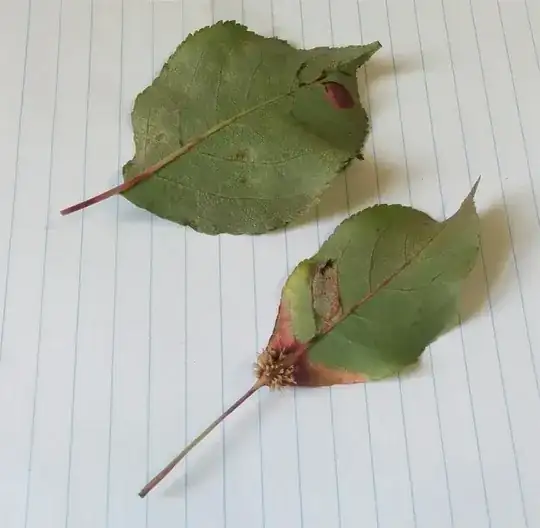In addition to the information here Found on a Red Cedar. What is it?, if you have any Red Cedar (Juniper) trees on your property, check them over - if you see evidence of this infection on them (and you will) clip out the affected parts now, as it says in the answer. There is no other treatment available.
Unfortunately, if there are other Red Cedars in the vicinity which are not on your property, meaning you are not able to cut them in any way, you cannot interrupt the life cycle of this particular gymnosporangium infection; I'm afraid that means your crab apple will continue to have the problem ongoing. If this is the case and you decide to remove the tree because it's unsightly, the presence of this infection in the neighbourhood precludes planting any other tree in the Rosacaea family, which includes apples, crabapples, hawthorn and others, for they will suffer the same fate.


